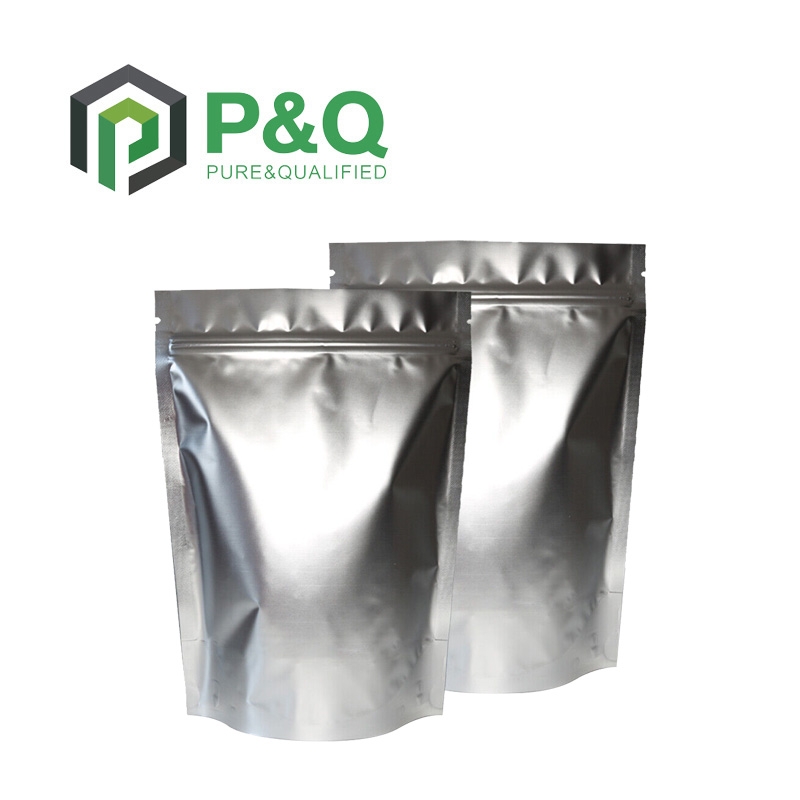Natural Products
- • Lignans (182)
- • Xanthones (46)
- • Flavonoids (454)
- • Terpenes (769)
- • Iridoid Derivatives (92)
- • Coumarin and Derivatives (121)
- • Phenols (335)
- • Steroids (103)
- • Phenylpropanoids (75)
- • Anthraquinone and Derivatives (16)
- • Chalcones (47)
- • Alkaloids (491)
- • Quinone Ring (28)
- • Sesquiterpene (228)
Related News
-
Credit Suisse triggers anxiety, international crude oil and natural gas collectively plummet
2023-03-16 -
Germany's annual natural gas imports fell by more than 10%
2023-01-17 -
Turkey announces discovery of 58 billion cubic meters of natural gas in Black Sea
2022-12-28 -
Natural gas: Sinopec and Qatar Energy signed a long-term purchase agreement
2022-12-01 -
The EU proposes to set a price ceiling of 275 euros per megawatt hour for natural gas
2022-11-24 -
German natural gas storage facility reaches 100% gas storage capacity
2022-11-22
Xanthones
Mangiferin
(4773-96-0)-
Pharmacy Grade / 99%
-
- / 98%
-
- / 99.00%
-
Industrial Grade / 98%
Request for quotation , get quotes from more suppliers.
γ-Mangostin
(31271-07-5)-
- / 99.00%
-
Industrial Grade / 99%
-
Chemical Grade / 99%
$100/UNIT EXW
-
![Gamma-mangostin buy Gamma-mangostin]()
Industrial Grade / 99.00%
Request for quotation , get quotes from more suppliers.
-
-
Industrial Grade / 99%
-
![8-desoxygartanin buy 8-desoxygartanin]()
Industrial Grade / 99.00%
-
![8-DEOXYGARTANIN buy 8-DEOXYGARTANIN]()
Request for quotation , get quotes from more suppliers.
Garcinone C
(76996-27-5)-
Industrial Grade / 99%
-
![garcinone C buy garcinone C]()
Industrial Grade / 99%
-
![garcinone C buy garcinone C]()
-
![garcinone C buy garcinone C]()
Request for quotation , get quotes from more suppliers.
3,4-Dihydro-5,9-dihydroxy-11-(3-hydroxy-3-methylbutyl)-10-methoxy-2,2-dimethyl-2H,12H-pyrano[2,3-a]xanthen-12-one
(26063-95-6)-
![1-Isomangostin hydrate CAS NO 26063-95-6 buy 1-Isomangostin hydrate CAS NO 26063-95-6]()
Industrial Grade, Feed Grade, Food Grade, Pharma Grade / 99%
$11.11/KG EXW
-
![1-ISOMANGOSTIN HYDRATE buy 1-ISOMANGOSTIN HYDRATE]()
-
![1-Isomangostin hydrate buy 1-Isomangostin hydrate]()
-
![1-Isomangostin hydrate buy 1-Isomangostin hydrate]()
Industrial Grade / 99%
Request for quotation , get quotes from more suppliers.
Source Xanthones Products Supply
Euxanthone
(529-61-3)-
- / 99.00%
-
![3,6-DIHYDROXYXANTHONE buy 3,6-DIHYDROXYXANTHONE]()
Industrial Grade / 99%
-
![1,7-DIHYDROXY-9H-XANTHEN-9-ONE buy 1,7-DIHYDROXY-9H-XANTHEN-9-ONE]()
-
![1,7-DIHYDROXY-9H-XANTHEN-9-ONE buy 1,7-DIHYDROXY-9H-XANTHEN-9-ONE]()
Industrial Grade / 99%
Request for quotation , get quotes from more suppliers.
-
![1,4,5,6-Tetrahydroxy-7-prenylxanthone buy 1,4,5,6-Tetrahydroxy-7-prenylxanthone]()
Industrial Grade / 99%
-
![1,4,5,6-Tetrahydroxy-7-prenylxanthone buy 1,4,5,6-Tetrahydroxy-7-prenylxanthone]()
-
![1,4,5,6-Tetrahydroxy-7-prenylxanthone buy 1,4,5,6-Tetrahydroxy-7-prenylxanthone]()
-
![1,4,5,6-Tetrahydroxy-7-prenylxanthone buy 1,4,5,6-Tetrahydroxy-7-prenylxanthone]()
Industrial Grade / 99%
Request for quotation , get quotes from more suppliers.
-
![1,4,5,6-Tetrahydroxy-7,8-diprenylxanthone buy 1,4,5,6-Tetrahydroxy-7,8-diprenylxanthone]()
Industrial Grade / 99%
-
![1,4,5,6-Tetrahydroxy-7,8-diprenylxanthone buy 1,4,5,6-Tetrahydroxy-7,8-diprenylxanthone]()
-
![1,4,5,6-Tetrahydroxy-7,8-diprenylxanthone buy 1,4,5,6-Tetrahydroxy-7,8-diprenylxanthone]()
-
![1,4,5,6-Tetrahydroxy-7,8-diprenylxanthone buy 1,4,5,6-Tetrahydroxy-7,8-diprenylxanthone]()
Industrial Grade / 99%
Request for quotation , get quotes from more suppliers.
-
![O-DeMethylforbexanthone buy O-DeMethylforbexanthone]()
Industrial Grade / 99%
-
![O-DeMethylforbexanthone buy O-DeMethylforbexanthone]()
-
![O-DeMethylforbexanthone buy O-DeMethylforbexanthone]()
-
![O-DeMethylforbexanthone buy O-DeMethylforbexanthone]()
Request for quotation , get quotes from more suppliers.
-
![HYDROXYCALABAXANTHONE, 9- buy HYDROXYCALABAXANTHONE, 9-]()
IndustrialGrade / 99.00%
-
![9-HYDROXYCALABAXANTHONE buy 9-HYDROXYCALABAXANTHONE]()
-
![HYDROXYCALABAXANTHONE, 9- buy HYDROXYCALABAXANTHONE, 9-]()
-
![9-HYDROXYCALABAXANTHONE buy 9-HYDROXYCALABAXANTHONE]()
Industrial Grade / 99%
Request for quotation , get quotes from more suppliers.
More Information
Xanthone, a naturally occurring organic compound, serves as the foundational structure for numerous bioactive molecules—most notably Xanthone derivatives. Among these, mangosteen xanthone stands out for its exceptional antioxidant, anti-inflammatory, and antimicrobial properties, driving cross-industry innovation.
Why Industries Choose Xanthone Derivatives?
Pharmaceutical Breakthroughs
As core components in drug development, Xanthone derivatives show groundbreaking potential for creating anti-inflammatory therapies and next-gen antimicrobial agents.
Skincare Revolution
Premium cosmetics leverage mangosteen Xanthone’s antioxidant strength to combat oxidative stress, delivering clinically-backed skin rejuvenation.
Clean-Label Food Solutions
The food industry adopts Xanthones as natural preservatives and functional additives, aligning with consumer demand for health-conscious products.
Eco-Friendly Agriculture
Xanthone-based biopesticides offer sustainable crop protection, reducing reliance on synthetic chemicals.
Scientific Edge
Recognized as critical building blocks in compound synthesis, Xanthones continue to unlock R&D possibilities across material science and biochemistry.

































